Venous Vs Arterial Disease
Venous vs arterial disease. Resting arterial inflow was greater in patients with 1 CVI when compared to normal patients 281 vs 126 P 008 and to patients with postthrombotic venous disease 281 vs 113 P 03. Arterial ulcers These occur in arteries that carry oxygen and nutrient-rich blood from the heart to all body organs and tissues. Using a previously validated screening cutoff of 45 mm Hg venous CO2 has 100 sensitivity in detecting arterial hypercarbia.
As the heart beats it pumps blood through a system of blood vessels called the circulatory system. Therefore venous and arterial ACT values can be safely used alternatively to guide heparin dosing during cardiac catheterization in patients with congenital heart disease without the risk of undercoagulation. 1 Arterial Ulcers Arterial ulcers are caused by reduced arterial blood supply to the lower limbs secondary to atherosclerotic disease of the larger arteries.
This is a nursing review for nursing students and nursesPeripheral arteri. There was a 73-fold increase in maximal arterial inflow in normal patients during PORH versus a 48-fold increase in patients with postthrombotic venous disease P 015. Venous insufficiency refers to a breakdown in the flow of blood in our veins while arterial insufficiency stems from poor circulation in the arteries.
Peripheral vascular disease PVD nursing review that will cover peripheral arterial disease PAD and peripheral venous disease for the NCLEX examPeriphera. Arterial and venous insufficiency are diseases that involve the vessels but both are different from each other with varied signs and symptoms and course of the disease. These diseases affect not only arteries but also veins and lymphatic vessels.
They were also no different in the subgroup of cyanotic patients. There is insufficient agreement between venous and arterial CO2 for VBG to replace arterial. At baseline and throughout the study up to 90 min venous and arterial ACT values were not significantly different.
Venous ulcers These are more common a high majority 80 ulcers of the lower limb are venous ulcers and they develop in the veins that bring back blood to the heart from body tissues for purification. October 1 2020. They often form on the lower extremities such as the legs and feet.
Arterial and venous ulcers are two kinds of open sores found on the body. The vessels are flexible hollow tubes that carry blood to every part of the body.
This is a nursing review for nursing students and nursesPeripheral arteri.
Using a previously validated screening cutoff of 45 mm Hg venous CO2 has 100 sensitivity in detecting arterial hypercarbia. Arterial and venous ulcers are two kinds of open sores found on the body. Peripheral vascular disease PVD nursing review that will cover peripheral arterial disease PAD and peripheral venous disease for the NCLEX examPeriphera. Therefore venous and arterial ACT values can be safely used alternatively to guide heparin dosing during cardiac catheterization in patients with congenital heart disease without the risk of undercoagulation. Venous ulcers These are more common a high majority 80 ulcers of the lower limb are venous ulcers and they develop in the veins that bring back blood to the heart from body tissues for purification. Millions of people worldwide are affected by these two disease entity but only a handful of people know how each one differs from the other. These diseases affect not only arteries but also veins and lymphatic vessels. Chapter 15Anticoagulants in Venous and Arterial Disease Sue Pavord and Amy Webster Department of Haematology University Hospital of Leicester NHS Trust UK Overview Anticoagulation is the mainstay of treatment for venous thromboembolic disease and prevention of stroke and systemic embolism in patients with atrial fibrillation AF Heparin and vitamin K antagonists have been the only. As the heart beats it pumps blood through a system of blood vessels called the circulatory system.
Venous insufficiency refers to a breakdown in the flow of blood in our veins while arterial insufficiency stems from poor circulation in the arteries. These diseases affect not only arteries but also veins and lymphatic vessels. 1 Arterial Ulcers Arterial ulcers are caused by reduced arterial blood supply to the lower limbs secondary to atherosclerotic disease of the larger arteries. Distinguishing Between Arterial and Venous Disease Kathleen A. Venous pH and HCO3 values show excellent correlation with arterial values. The vessels are flexible hollow tubes that carry blood to every part of the body. Left untreated both conditions may lead to slow-healing wounds on the leg.
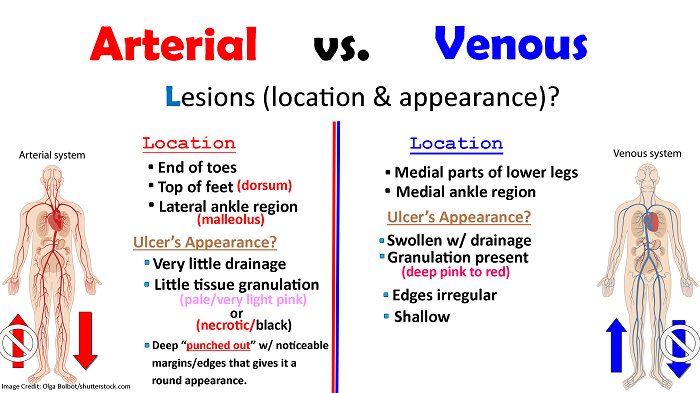

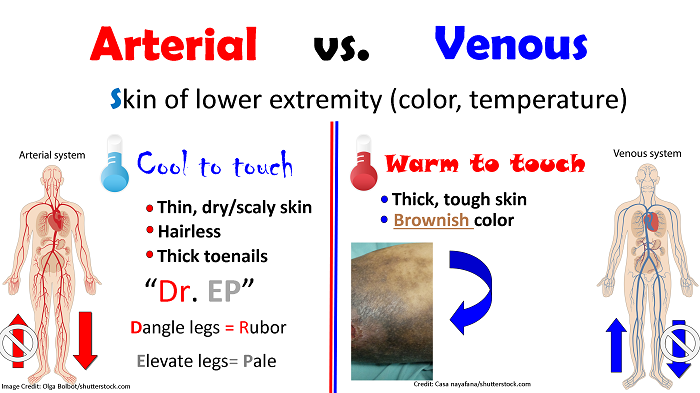
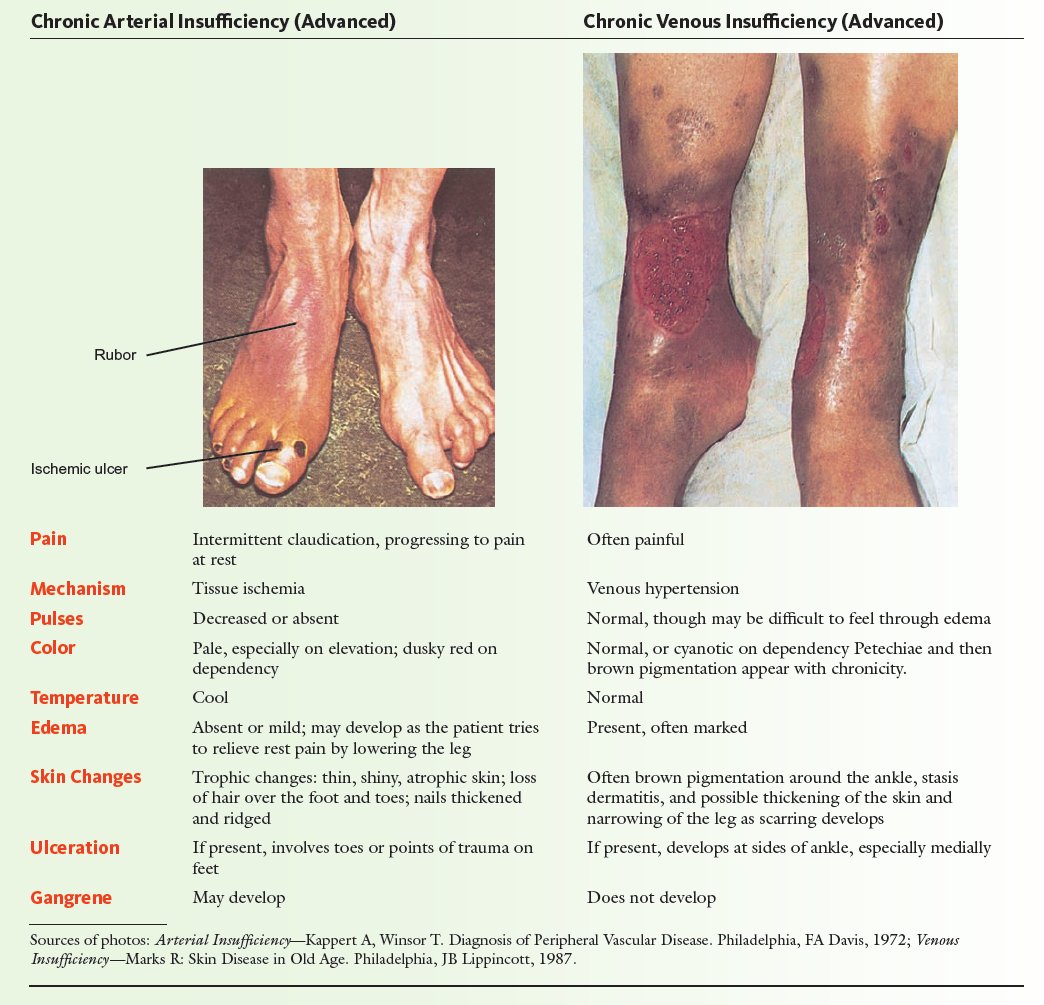
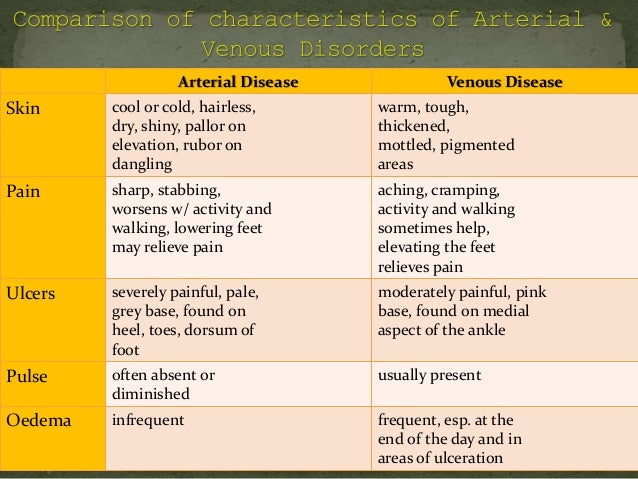
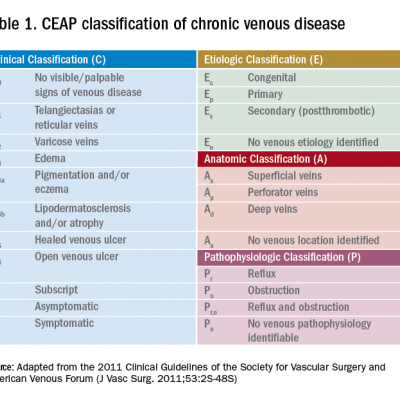


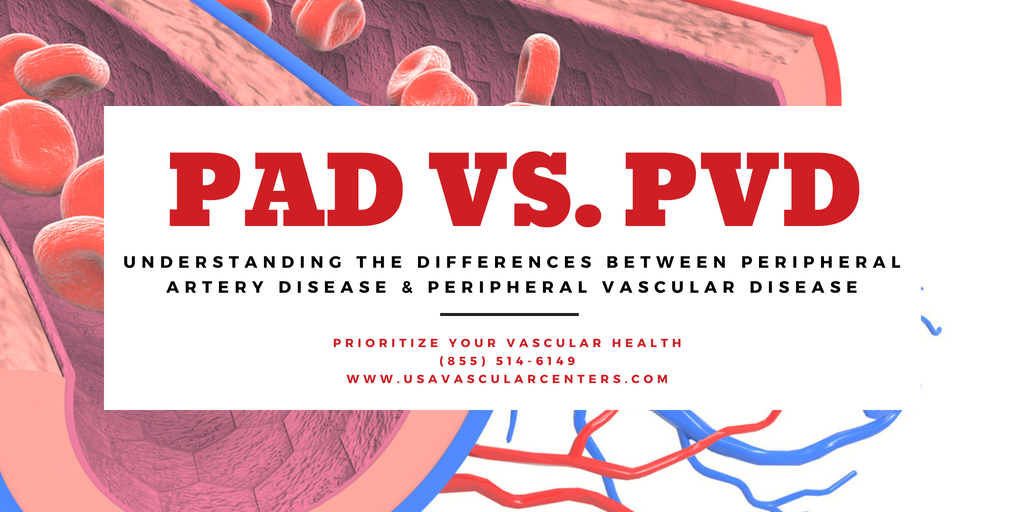





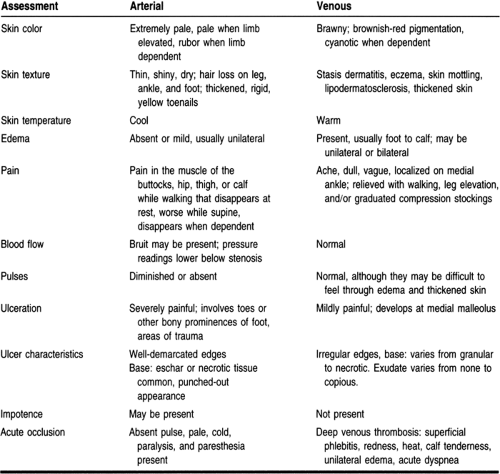
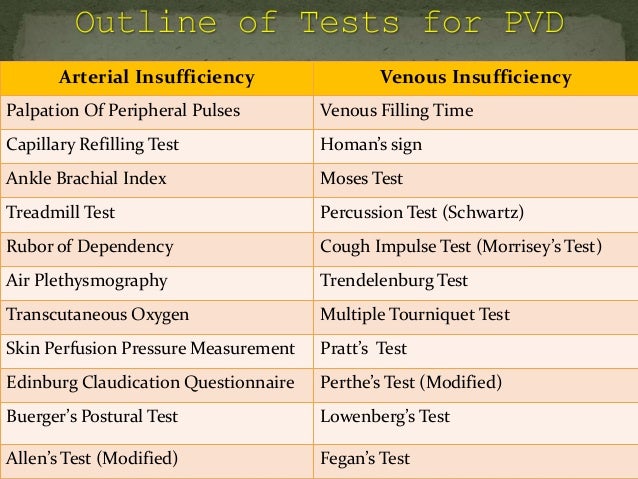


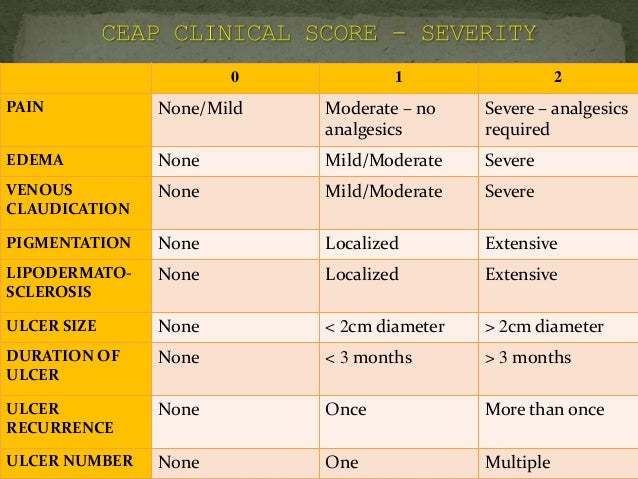




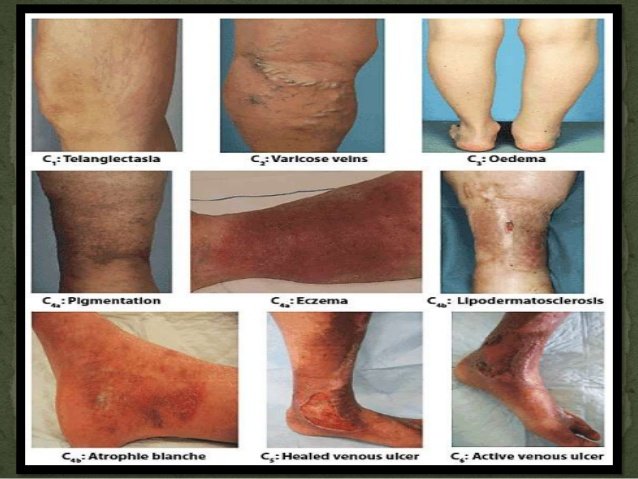
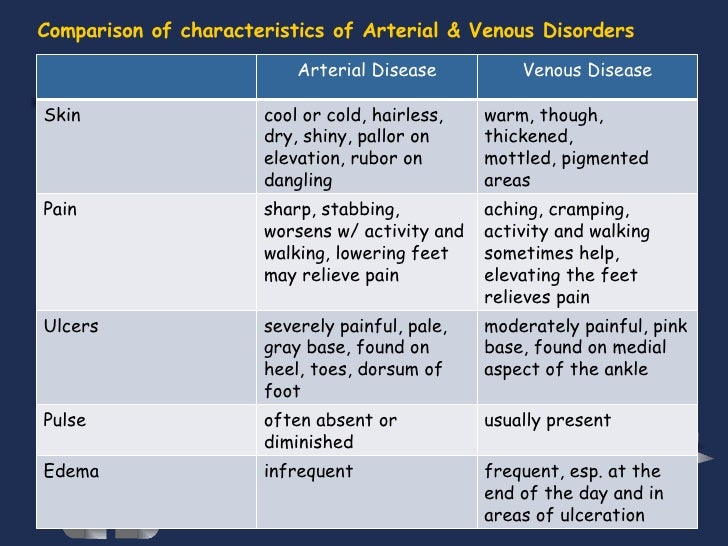
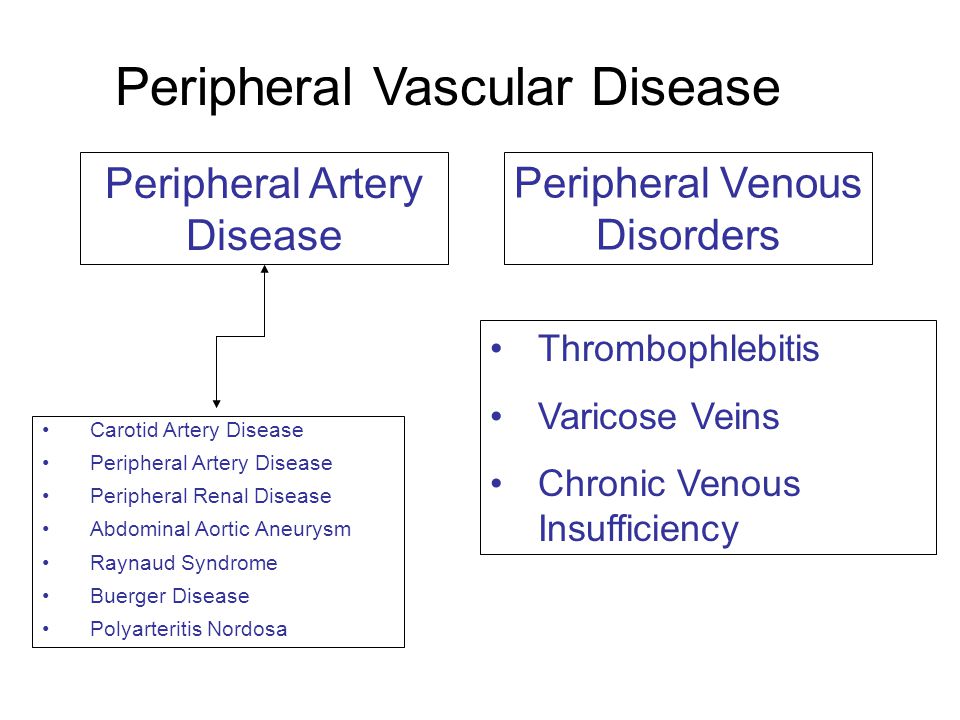
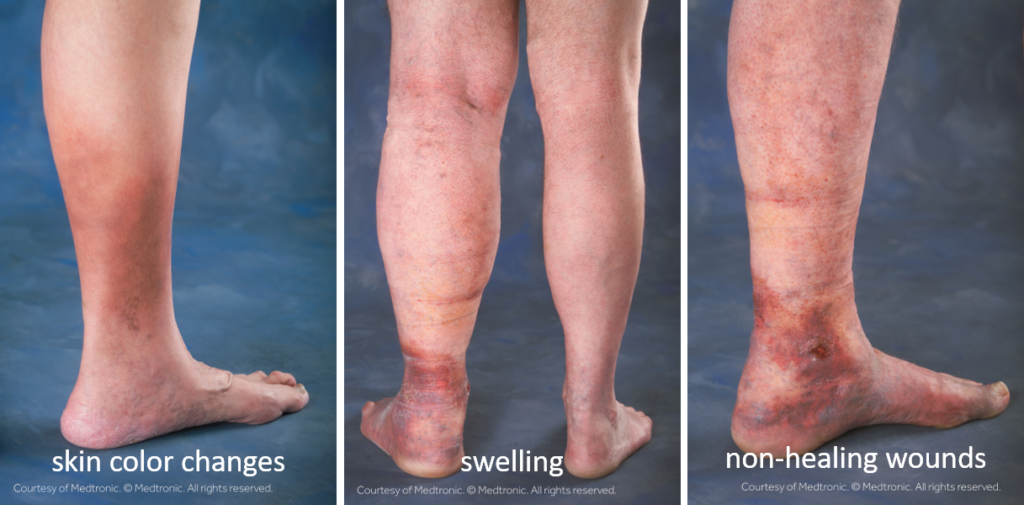








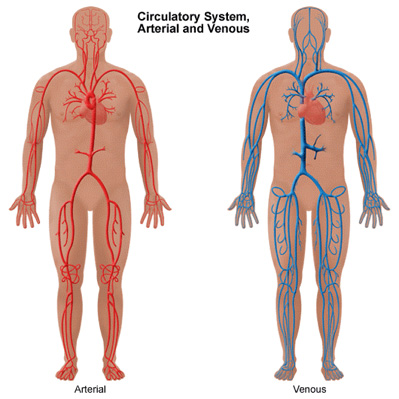

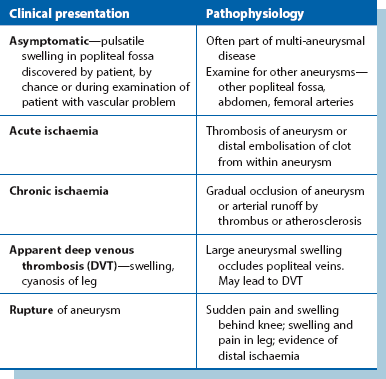
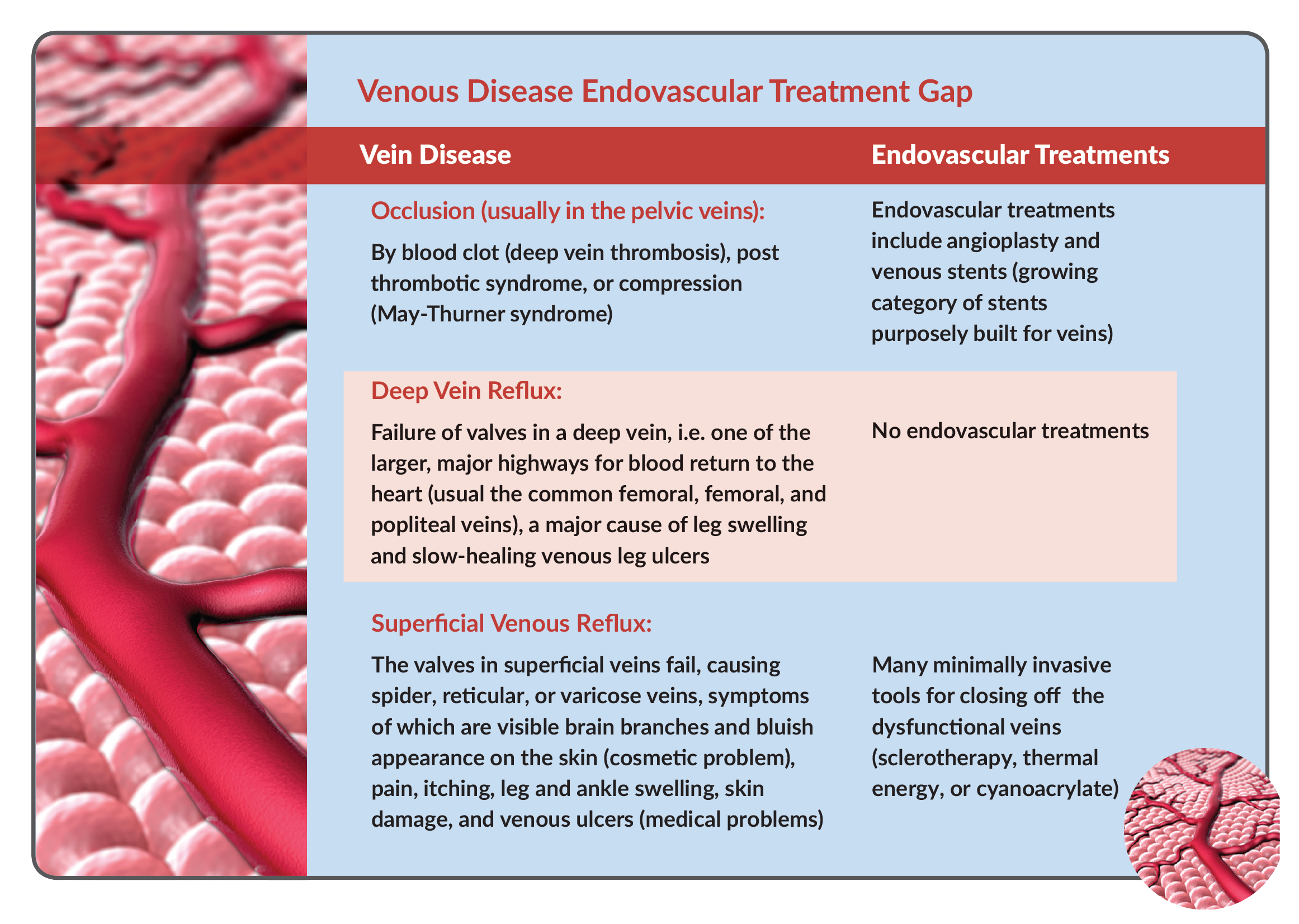
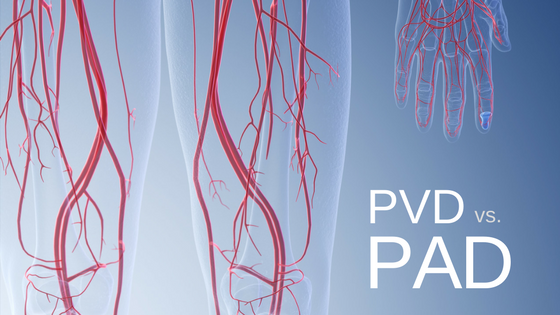



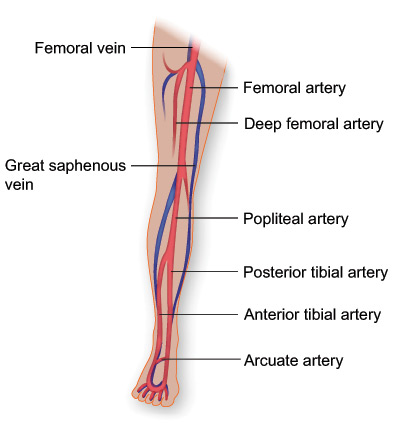

Post a Comment for "Venous Vs Arterial Disease"